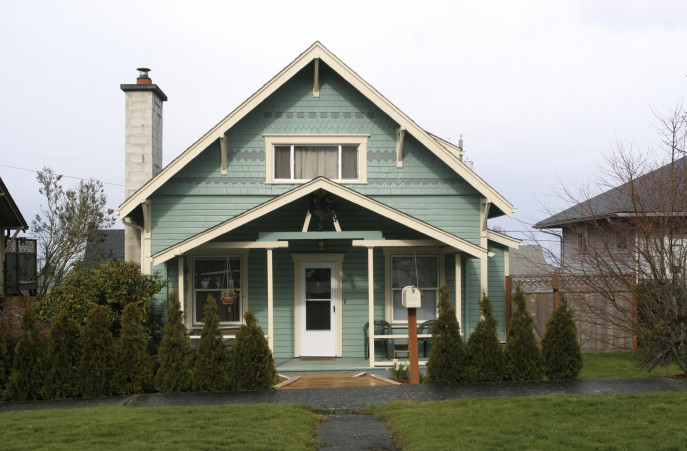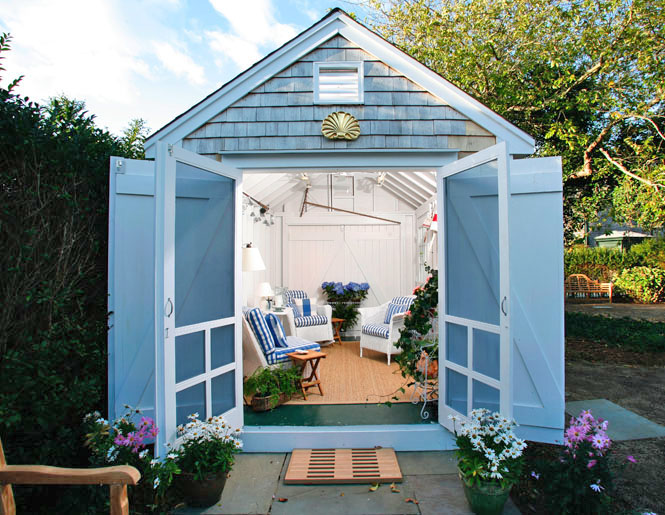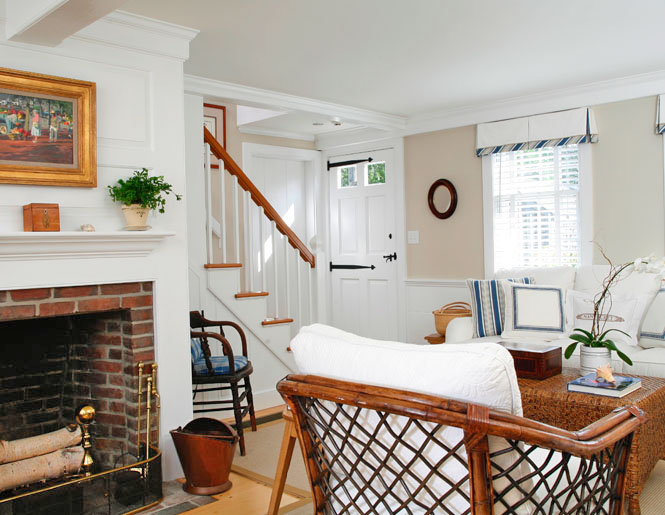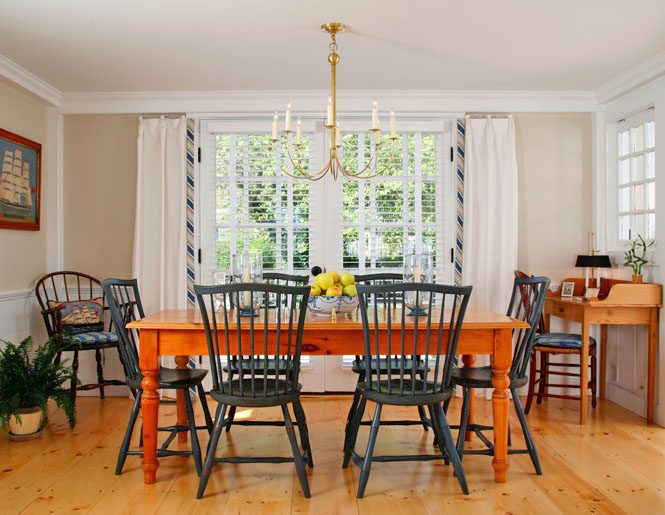There’s a movement right now among people who want to live in smaller places. It ranges from Tiny House Nation–a fascinating television show that features homes built in as little as 300 square feet!–to couples simply downsizing and making do with less stuff, in order to have more time to do the things they love. Sometimes, a small home is built for other reasons. The house above is called the Hollensbury Spite House. The seven-foot wide, 325 square foot home was built by John Hollensbury in an alleyway next to his home in Alexandria, Virginia, to stop people from using the empty space.
People used to live in smaller houses than are typical today, although the average house size in America is still only 2,300 square feet. We’ve gotten used to large, walk in closets, luxury-sized master bedrooms and adjoining baths, and family rooms that accommodate a large crowd. For empty nesters and older couples, as well as younger families living on a budget, or just for the aesthetic of living with fewer items and more open space, smaller can sometimes be better.
You can trade a large traditional home for a smaller, renovated barn, or swap enough bedrooms for a houseful of guests for a country cottage that is perfect for two. Original farmhouses–the kind that haven’t been renovated and expanded over the years–can provide just enough space at 2,000 square feet, or less. They were built small to save on heat and maintenance costs, a consideration to appreciate then and now.
Or if you’re not ready to move, you can create your own little getaway in your garden, as I did a few years ago on Nantucket. If you can imagine it, you can create it!
If you’re ready to downsize, consider the following steps:
1. High quality furniture is more important than ever. Only buy the best you can afford. A small space doesn’t have room for extraneous, lower quality pieces.
2. Measure carefully. Smaller rooms aren’t as forgiving, and both function and flow need to be planned. Small scale furniture is a must. This is where the services of an interior designer are invaluable.
3. Make a fresh start, and put in the new house only things you would replace if you had to start over from scratch. You don’t need as much as you think you do to be happy. Less is often more.










